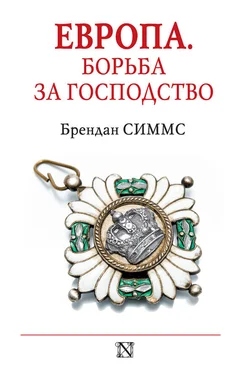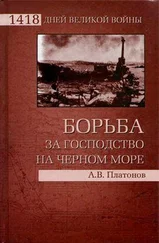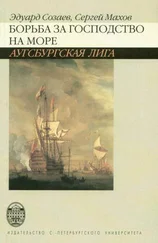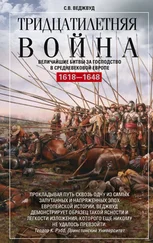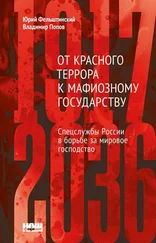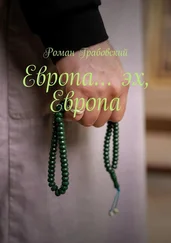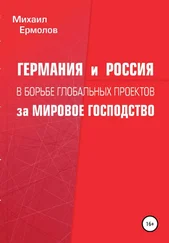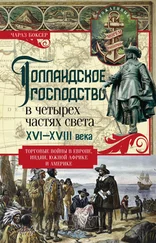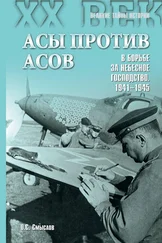MacGregor Knox, ‘Conquest, foreign and domestic, in Fascist Italy and Nazi Germany’, Journal of Modern History, 56, 1 (1984), pp. 1–57 (quotation p. 19), and in ‘The Fascist regime, its foreign policy and its wars: an “anti-anti-Fascist” orthodoxy? ’, in Patrick Finney (ed.), The origins of the Second World War (London, New York, etc. 1997), p. 159.
Charlotte Alston, ‘“The suggested basis for a Russian Federal Republic”. Britain, anti-Bolshevik Russia and the border states at the Paris Peace Conference, 1919’, History, 91 (2006), pp. 24–44, especially pp. 33–4.
Б. Муссолини использовал убийство нескольких итальянских офицеров на греческой территории как предлог для предъявления ультиматума; затем итальянский флот в августе 1923 г. обстрелял остров Корфу и высадил десант. После обращения Греции в Лигу Наций Италии выплатили компенсацию за гибель офицеров, но настояли на освобождении острова . Примеч. ред.
Andrew Orr, ‘“We call you to holy war”. Mustafa Kemal, communism, and Germany in French intelligence nightmares, 1919–1923’, Journal of Military History, 75 (2011), pp. 1095–1123.
Margaret Pawley, The watch on the Rhine. The military occupation of the Rhineland, 1918–1930 (London and New York, 2007), pp. 77–88.
Degras (ed.), Soviet documents on foreign policy, p. 287.
M. D. Lewis, ‘One hundred million Frenchmen. The “assimilation” theory in French colonial policy’, Comparative Studies in Society and History, 4 (1962), pp. 129–53.
Robert C. Reinders, ‘Racialism on the left. E. D. Morel and the “Black Horror on the Rhine”’, International Review of Social History, XIII (1968), pp. 1–28 (quotation p. 8).
Keith L. Nelson, ‘The “Black Horror on the Rhine”. Race as a factor in post-World War I diplomacy’, Journal of Modern History, 42, 4 (1970), pp. 606–27 (quotations pp. 613 (Mangin) and 616 (Müller)).
«Скорректированной политики» ( нем .) . Примеч. ред.
Jonathan Wright, Gustav Stresemann. Weimar’s greatest statesman (Oxford, 2002).
Carole Fink, ‘German Revisionspolitik, 1919–1933’, in Historical papers/ Communications historiques. A selection from the papers presented at the annual meeting [of the Canadian Historical Association] held at Winnipeg, 1986 (Ottawa, 1986), pp. 134–45 (quotation p. 143). Также: Gottfried Niedhart, Die Aussenpolitik der Weimarer Republik (Munich, 1999), pp. 63–99.
Peter Jackson, ‘France and the problems of security and disarmament after the First World War’, Journal of Strategic Studies, 29, 2 (2006), pp. 247–80.
Richard Coudenhove-Kalergi, Paneuropa (Vienna, 1923).
Ina Ulrike Paul, ‘In Kontinenten denken, paneuropäisch handeln. Die Zeitschrift Paneuropa 1924–1938’, Jahrbuch für europäische Geschichte, 5 (2004), pp. 161–92, especially pp. 182–3.
Cohrs, Unfinished peace after World War I, pp. 105 and 135.
Darwin, Empire project, p. 365.
Melvin P. Leffler, The elusive quest. America’s pursuit of European stability and French security, 1919–1933 (Chapel Hill, 1979), pp. 41–3 (quotation p. 41).
Gaynor Johnson (ed.), Locarno revisited: European diplomacy 1920–1929 (London and New York, 2004), quotation p. 103.
Cohrs, Unfinished peace after World War I, pp. 215 and 225.
Жизненное пространство ( нем .) . Примеч. ред.
Adolf Hitler, Mein Kampf, trans. Ralph Manheim (Boston, 1971), pp. 645, 642–3, 646, 649 and 651.
Teddy J. Uldricks, ‘Russia and Europe: diplomacy, revolution, and economic development in the 1920s’, International History Review, 1, 1 (1979), p. 74.
Cohrs, Unfinished peace after World War I, p. 372.
Andrew Webster, ‘An argument without end: Britain, France and the disarmament process, 1925–34’, in Martin S. Alexander and William J. Philpott (eds.), Anglo-French defence relations between the wars (Basing-stoke, 2002), pp. 49–71.
John Keiger, ‘Wielding finance as a weapon of diplomacy: France and Britain in the 1920s’, Contemporary British History, 25, 1 (2011), pp. 29–47, especially pp. 40–43.
Nation, Black earth, red star, pp. 61 and 63.
Richard Hellie, ‘The structure of Russian imperial history’, History and Theory, 44, 4 (2005), pp. 88–112 (pp. 102–3); несмотря на название, статья в основном затрагивает советский период.
Klaus P. Fischer, Hitler and America (Philadelphia, 2011), pp. 9–46.
Adolf Hitler, Second book [Aussenpolitische Standortbestimmung nach der Reichtagswahl Juni—Juli 1928], ed. Gerhard L. Weinberg, in Institut für Zeitgeschichte (ed.), Hitler. Reden, Schriften, Anordnungen, Februar 1925 bis Januar 1933 (Munich, New Providence, London and Paris, 1995), pp. 15, 88–90.
Michael Wala, Weimar und Amerika. Botschafter Friedrich von Prittwitz und Gaffron und die deutsch-amerikanischen Beziehungen von 1927 bis 1933 (Stuttgart, 2001), pp. 12–151.
Hildebrand, Das vergangene Reich, pp. 524–5.
ibid., p. 525.
Jürgen Elvert, Mitteleuropa! Deutsche Pläne zur europäischen Neuordnung (1918–1945) (Stuttgart, 1999).
Andreas Rödder, Stresemann’s Erbe. Julius Curtius und die deutsche Aussenpolitik, 1929–1931 (Paderborn, 1996), quotations pp. 199 and 202.
William L. Patch Jr, Heinrich Brüning and the dissolution of the Weimar Republic (Cambridge, 1998), pp. 213–19. (quotation p. 255).
Irene Strenge, Kurt von Schleicher. Politik im Reichswehrministerium am Ende der Weimarer Republik (Berlin, 2006).
Enrico Syring, Hitler. Seine politische Utopie (Frankfurt am Main, 1994), pp. 234–7.
Согласно расследованию журнала «Шпигель», проведенному в 1960-х годах, поджог осуществил голландский коммунист М. Ван дер Люббе; однако другая версия утверждает, что здание подожгли штурмовики СА. Примеч. ред.
Букв. «равное вовлечение» ( нем .), термин нацистской пропаганды; эта политика подразумевала «нацификацию» государственного устройства Германии и управления страной . Примеч. ред.
Читать дальше
Конец ознакомительного отрывка
Купить книгу
